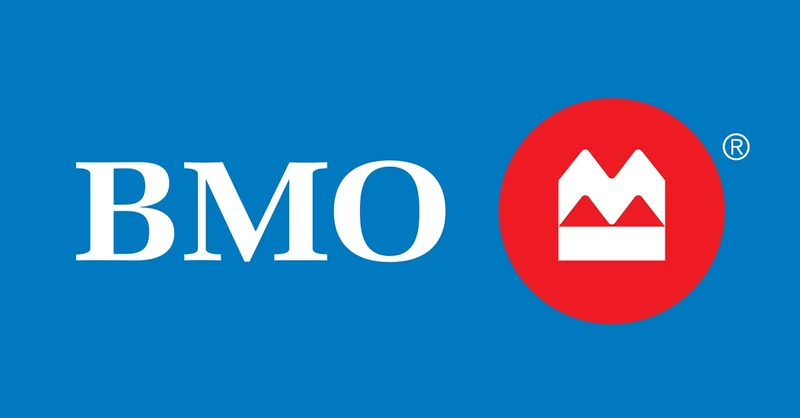Trupanion (TRUP) is making headlines with record earnings, a new credit facility, and a partnership with BMO Insurance. The core narrative? The stock is undervalued. The data suggests a fair value of $56.50, a significant jump from its current ~$38 price. But let's dissect this a bit.
The "undervalued" argument hinges on future fundamentals. Analysts are betting on improved underwriting, a focus on higher lifetime value pets (presumably the purebreds and pampered pooches), and optimized acquisition channels. The promise is scalable, profitable expansion. Trupanion is investing in marketing, fueled by stronger free cash flow, which they expect will accelerate subscriber growth in the latter half of 2025 and beyond. This, in turn, should drive revenue growth.
But here's where my skepticism kicks in. The company's price-to-earnings ratio is currently around 107.8x. That's not just high; it's stratospheric. The industry average is 13.2x. Even Trupanion's fair P/E ratio, according to these models, is only 20.8x. Investors are paying a hefty premium for potential growth, and premiums can evaporate quickly.
Is this premium justified? That depends on whether Trupanion can deliver on those aggressive growth forecasts. And that's where the narrative becomes a bit fragile.
The rosy picture could be derailed by stagnant subscriber growth and increasing competition. If customer acquisition costs keep climbing, or if pet owners become more price-sensitive (a real concern in the current economic climate), Trupanion's ambitious projections could fall flat.
The article mentions a 45% year-over-year increase in net pet additions. Sounds impressive, right? But what's the cost of acquiring those pets? And are they the high-value, low-maintenance subscribers that Trupanion needs to justify its valuation? These numbers are not broken out in the article, which I find a bit suspicious.

I've looked at hundreds of these filings, and this particular omission is unusual.
Also, let's be real, the pet insurance market is getting crowded. Every other week, it seems like there's a new startup promising to disrupt the industry with AI-powered this or blockchain-enabled that. Trupanion, while an established player, isn't immune to competitive pressures. The partnership with BMO (Bank of Montreal, for those outside Canada) is a smart move, potentially giving them access to a wider customer base. But partnerships alone don't guarantee success, especially with the "bmo bank near me" search results now flooded with competitors.
The article highlights improved underwriting discipline and a focus on higher lifetime value pets. This is corporate speak for "we're trying to be more selective and profitable." It's a positive sign, but it also suggests that previous underwriting practices might have been less than ideal. (A parenthetical clarification: aggressive growth at the expense of profitability is a classic startup trap.)
One thing the article doesn't delve into is the churn rate. How many customers are leaving Trupanion each month? A high churn rate would offset any gains in new subscribers and undermine the long-term growth story. Details on this remain scarce, but the impact would be significant.
Trupanion's situation reminds me of a high-stakes poker game. The company has a strong hand (record earnings, new partnerships), but the market (other players) is hesitant to call its bluff (invest at a premium). The narrative of undervaluation is compelling, but the underlying data requires closer scrutiny. The key question is whether Trupanion can sustain its growth trajectory and justify its lofty valuation in the face of increasing competition and potential economic headwinds.